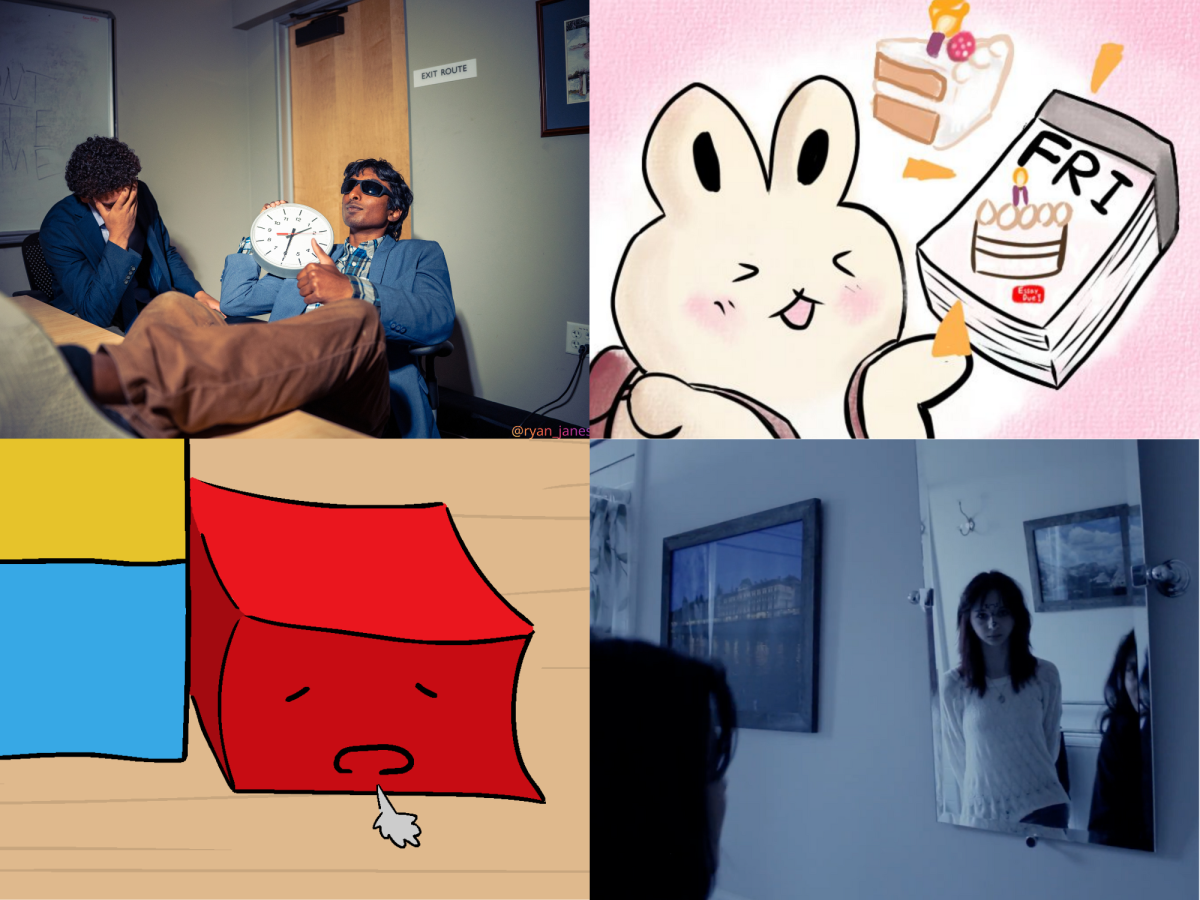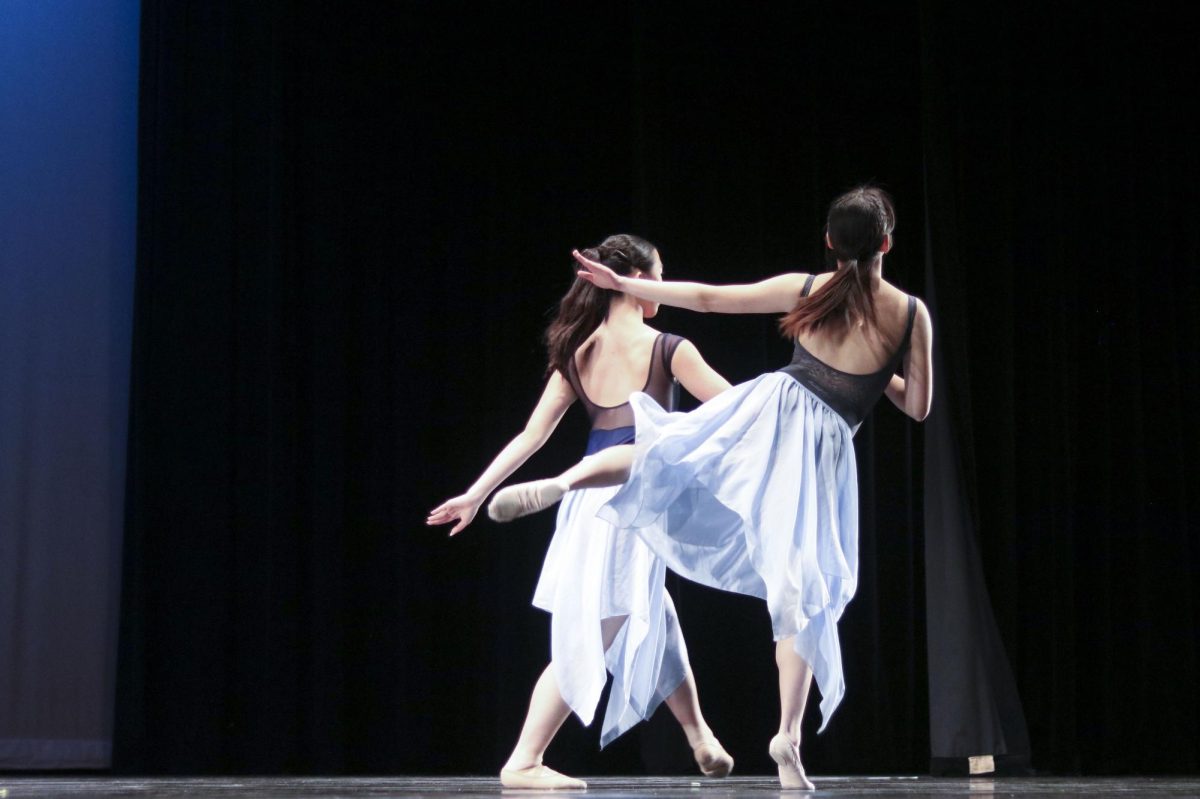If you have opened a newspaper, a magazine, turned on the radio or even flipped through channels on the television in the past few months, you’re likely to have seen, or at least heard about Miley Cyrus’ recent escapades.
If Miley chopping off her luscious brown locks and trading them in for a blonde pixie cut wasn’t shock- ing enough, her recent actions in the spotlight sure have been. Her single, “We Can’t Stop,” a dance an- them filled with multiple drug references, which was released in early June, set off the whispers about Miley. But it was her performance at the MTV Video Music Awards (VMAs) on August 25, where she “twerked” on live television in front of millions of viewers, that sparked the controversy that is still buzzing throughout the media. Now, with Miley’s new album “Bangerz” out and her most recent single music video “Wrecking Ball,” which came out on September 9, where she swings on a wrecking ball naked and makes out with a hammer, Miley has pushed her limits and left the rest of the world with a lot to say about her latest endeavors.
But is what Miley is doing all that wrong?
Let’s go back to the start of Miley’s, or better yet, Hannah’s, career. Miley’s first major role began in 2006, when she landed the role of Miley Stewart on Disney Channel’s television series “Hannah Montana.” The plot focused around Miley Stewart, a 12 year-old girl with a secret double life: average girl by day, famous pop star, Hannah Montana, by night. Miley’s sweet southern charm, her catchy pop songs and her relatable and usually humorous issues with boys, best friends and both her on-camera and off-camera father, Billy Ray Cyrus, made Hannah Montana soar to the top of the charts. Hannah Montana became not only a fan favorite, but also an emmy-nominated TV show that aired 98 episodes and eventually lead to a movie. In a blink of an eye, Miley became a sensation, an icon and a teen idol.
Miley first auditioned for Hannah Montana when she was 11 years old, landed the role and began film- ing at age 12 and after four seasons which lasted a total of six years, when the last episode finally aired, Miley was a matured and angsty 18 year-old. By then, the target age, or “tween” age, that Hannah Montana was intended for, had also grown up. Miley’s fans, just like her, were ready to move on. The only difference was that Miley, unlike most other teenagers, was growing up under the harsh and constant judging eye of the world.
Being a teenager is about trying new things, experiencing freedom and living life. But being a teen- ager is also awkward and full of mistakes. Think about your own life as a teenager. Now imagine trying to live your teenage years with the entire world watching your every move, ready to write a breaking article about you or put you in the latest TMZ headline. No wonder Miley Stewart wanted to keep her secret pop star identity a secret.
For example, when a video of Miley Cyrus surfaced of her smoking salvia, not only was every bone in her body criticized, but her parent’s parenting skills were criticized, and it was the buzz for months. Miley clearly wanted to individualize herself and her career and after being constantly criticized in the public eye for every mistake she made, it was only natural for her to rebel against the norms of society and go out of her way to stir things up.
In reality, Miley doesn’t get enough credit for all of her success. At just twenty years old, Miley has been named the “Most Charted Teenager” in the 2011 Guinness World Records, been ranked number 13 on Forbes’ 2010 Celebrity 100, starred in multiple movies and has had nine top-ten hits and a popular TV show. She hasn’t, however, gone to rehab like Lind- say Lohan or relatively disappeared like Aaron Carter.
It’s true: Miley shouldn’t feel the need to sexualize herself in order to fight back against society. But, she does have the right to and should stand up for her sensuality, especially considering she has been taking lots of heat lately for being “too provocative.” Meanwhile, other artists (mostly men) like Robin Thicke are exhibiting equal, if not even more promiscuity. The Canadian-American artist recently came out with the song “Blurred Lines” and performed with Miley at the VMAs. The song seems to be about the blurred lines of consent in regards to rape, where Thicke explicitly uses lyrics such as “I know you want it,” and “But you’re a good girl/The way you grab me/Must wanna get nasty,” making it clear that he believes that regardless of whether women say they “want it” or not, it’s going to happen. More impor- tantly, the song makes it seem as if his desires as a male are more important than a woman’s right to her own body. So as people of the world criticized Miley for wearing a provocative outfit and grinding her body on Robin Thicke at the VMA’s, few seemed to account for the fact that Thicke was taking part in the dancing as well, and that unlike Miley’s song that talks about partying and references some drugs, Thicke’s song promotes the message that rape is okay, and ultimately something that girls want. The point is, if Miley and other female artists are going to get criticized for being too provocative, Thicke and other
male artists should be too.
Miley, just like everyone else, should be able to express herself, to experiment with new things, styles and people. In her latest interview with the Rolling Stone magazine, Miley explains her take on beauty and individuality: “Every other girl is so serious—like, this is my moment on the red carpet, I’m in my ball gown, looking pretty. There’s something empowering about what I’m doing right now. Especially having ‘short hair, don’t care.’ I think it’s empowering for girls. Because there’s not one thing that defines what beauty is.”
From an avid Hannah Montana fan who’s grown up with Mi- ley, the girl needs to be cut some slack. People should understand that Miley may technically be out of her teenage years, but she’s still young and needs freedom and acceptance to be able to find her- self. But most importantly, Miley should not be considered a bad role model because her target audience has grown up, too, and it is okay for them to be exposed to more “adult” things.
As Miley makes very clear from her most recent adventures, she’s not planning on pulling back any time soon. In fact, with a recent performance on Saturday Night Live, and her new album “Bangerz” that dropped on October 4, it seems as if this fierce phenomenon “Can’t Be Tamed.”







